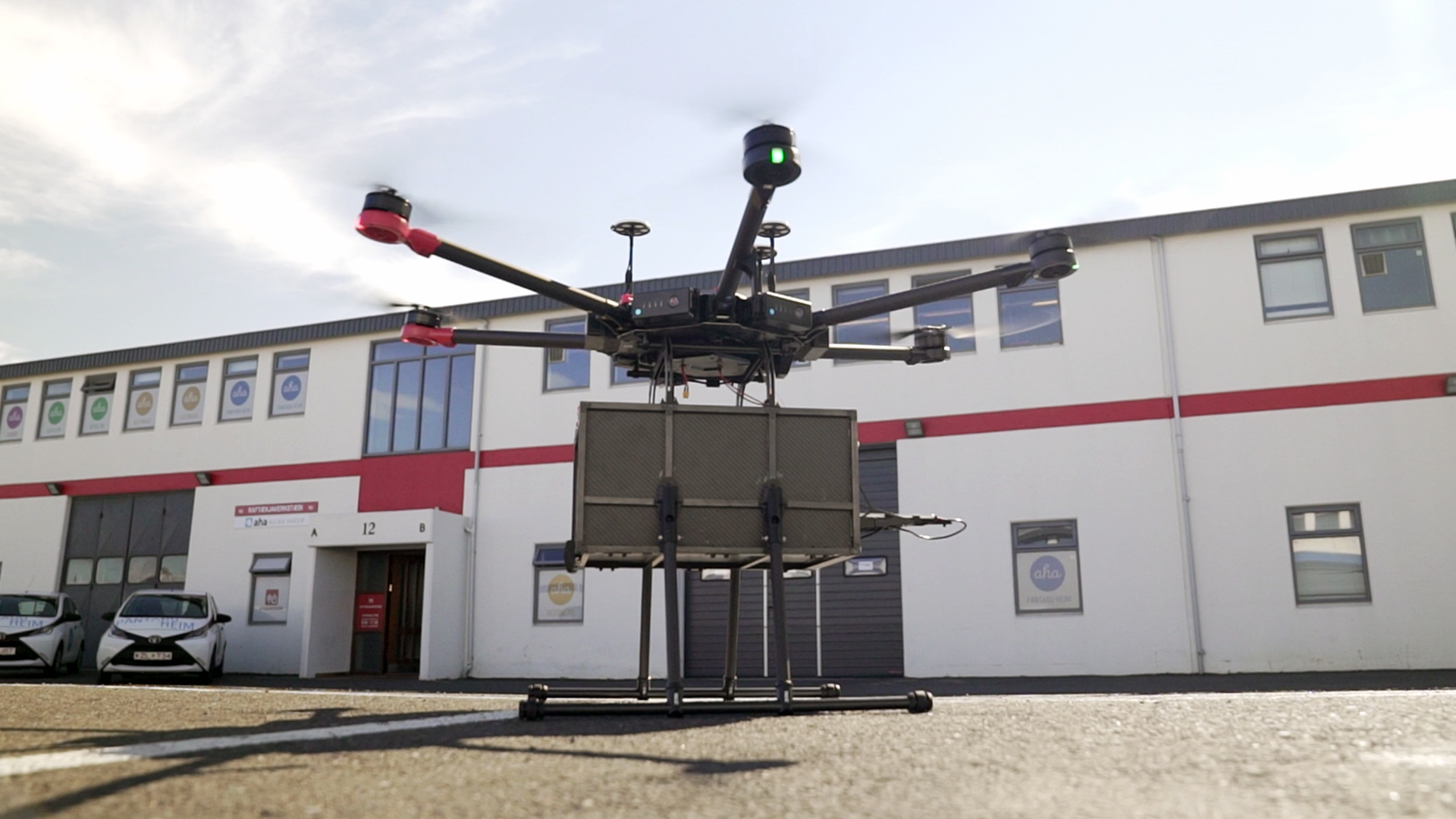January 25, 2018 – Today’s guest bloggers are Yariv Bash and Amit Regev. Bash is the CEO and Co-Founder of Flytrex. Regev is the Vice President and Co-Founder of the same company. Bash is also the co-founder and former CEO of the Israeli team, SpaceIL, competing for the $30 million Google Lunar XPrize to send a commercial robotic spacecraft to the Moon and beam the pictures back to Earth. Regev has a proven record in building new technology companies including SafeWallet and SBSH software. The company the two have co-founded, Flytrex is an urban drone-based service that connects businesses with customers, using the technology for near-instant door-to-door drone delivery for as little as $0.08 US per mile. Flytrex is currently working with one of Iceland’s largest e-commerce companies, AHA, shipping food, flowers, and even smartphones to customers via drone. In their posting Bash and Regev describe where drones will be popping up in 2018.
Looking to the headlines from companies such as Alphabet and Mercedes Benz, some would argue that 2017 was the year of the drone. Yet, for all the pilot programs and flashy toys, drones have only begun to establish their true value. And 2018 looks like the year in which drones will expand beyond a “nice to have” technology, to one that is necessary for more and more businesses.
Five developments in 2018 to watch include:
Improved Technology
Drone capabilities now include improved technology such as the use of multiple high-functioning cameras, and upgraded global navigation systems, enabling greater location accuracy than existing drone models of today. Combined with ultra-fast charging and longer-lasting batteries in new drone models, it means the technology this year will have far greater range and performance flexibility in areas of inventory management, photography, search and rescue, security, logistics, construction, maintenance and repair, and beyond.
Artificial Intelligence
As in other industries, AI offers considerable potential for drones, allowing the technology to exhibit smarts with each and every flight. As drones individually and collectively aggregate data they will learn from each other to better do their jobs. Individual drones will alert fellow drones to potential hazards or problems, enabling them to respond to situations that arise in real-time. AI incorporated into drones will become invaluable should Universal Traffic Management Systems fail, allowing drones to continue to perform safe flight path navigation, altering routes autonomously based on observed conditions. AI in drones will even let them abort a mission if observed conditions are seen as unsafe.
E-commerce/Regulation
As companies desperately strive to meet consumers’ insatiable demands for faster deliveries, they are changing their approach to the regulatory bodies like the American FAA and other national regulators that govern the skies. No longer viewing regulators as slow-moving obstacles to be overcome, drone delivery companies will work with them to gain public acceptance of the technology. A sky swarming with flying objects may, at first, be unsettling to many. But regulator oversight and assurances will help overcome public concerns. Combined with increasingly fierce competition between technology and logistics companies seeking to exploit drones, 2018 may be the year in which consumers start receiving a packages or two this way.
Search and Rescue
Throughout 2017, drones proved invaluable in efforts following natural disasters, scouring scenes for stranded victims, and notifying emergency services of their whereabouts. In emergency situations, accurate information can be the difference between life and death, and drones provide first responders with crucial real-time information, enhancing decisions in the process. In addition to their role as eyes in the sky, drones are able to transport emergency equipment faster than any other transportation method. In a life-threatening encounter, every second counts, and the speed at which drones can deliver vital medicine and equipment, such as defibrillators, to those in need can save countless lives. As we become accustomed to drones being integrated into more aspects of our daily lives, their impact on emergency medicine will perhaps be the most crucial of all.
Recreation
Drones in 2018 will be more than just sources of incredible aerial shots particularly in sports of all kinds from golf to the most extreme activities. Drones will takw sports we know and love to watch to a new level. Wind-surfing, for example, which can only be done provided the right weather conditions, could soon be replaced by drone-surfing, allowing hobbyists to remove all the unknowns and head out onto the water with relative ease. Drones may also become a golf bag accessory, sent aloft to find errant balls. Imagine free climbing accompanied by a drone that relays images of the path ahead or just gives the climber a perspective never possible before.









